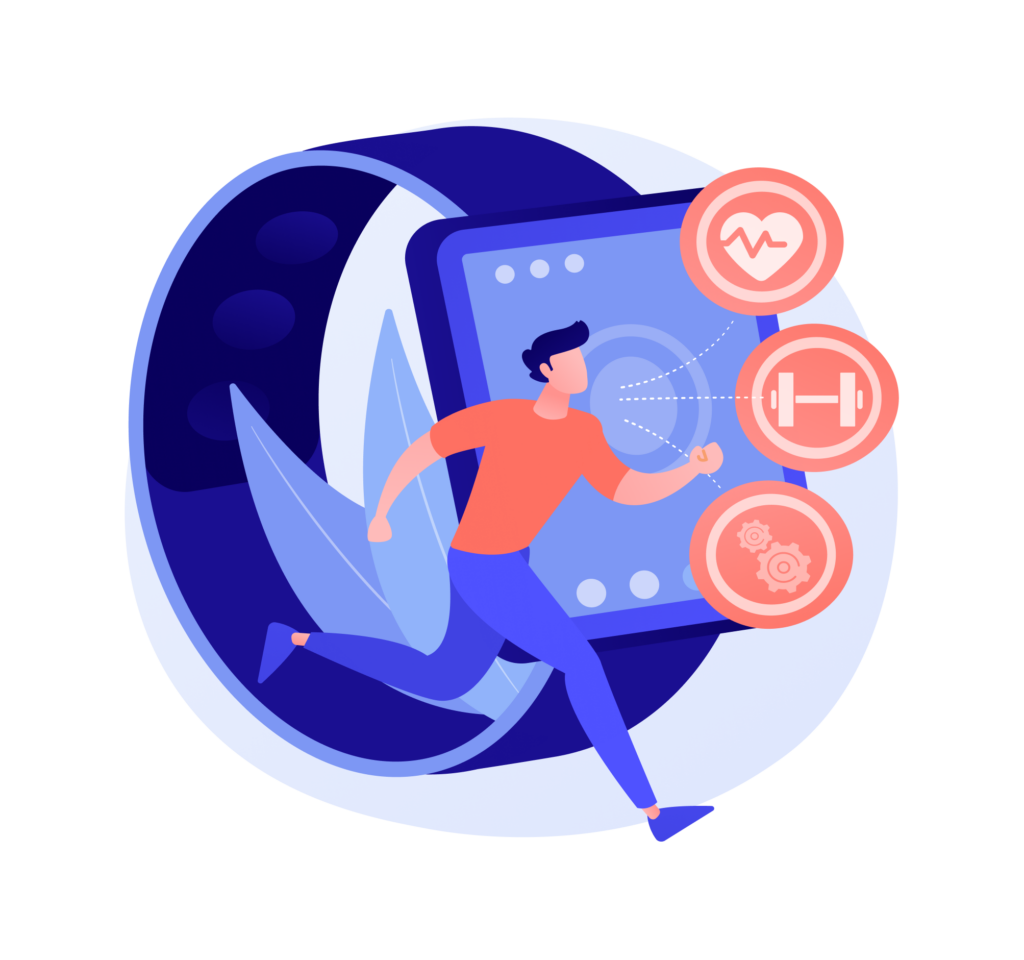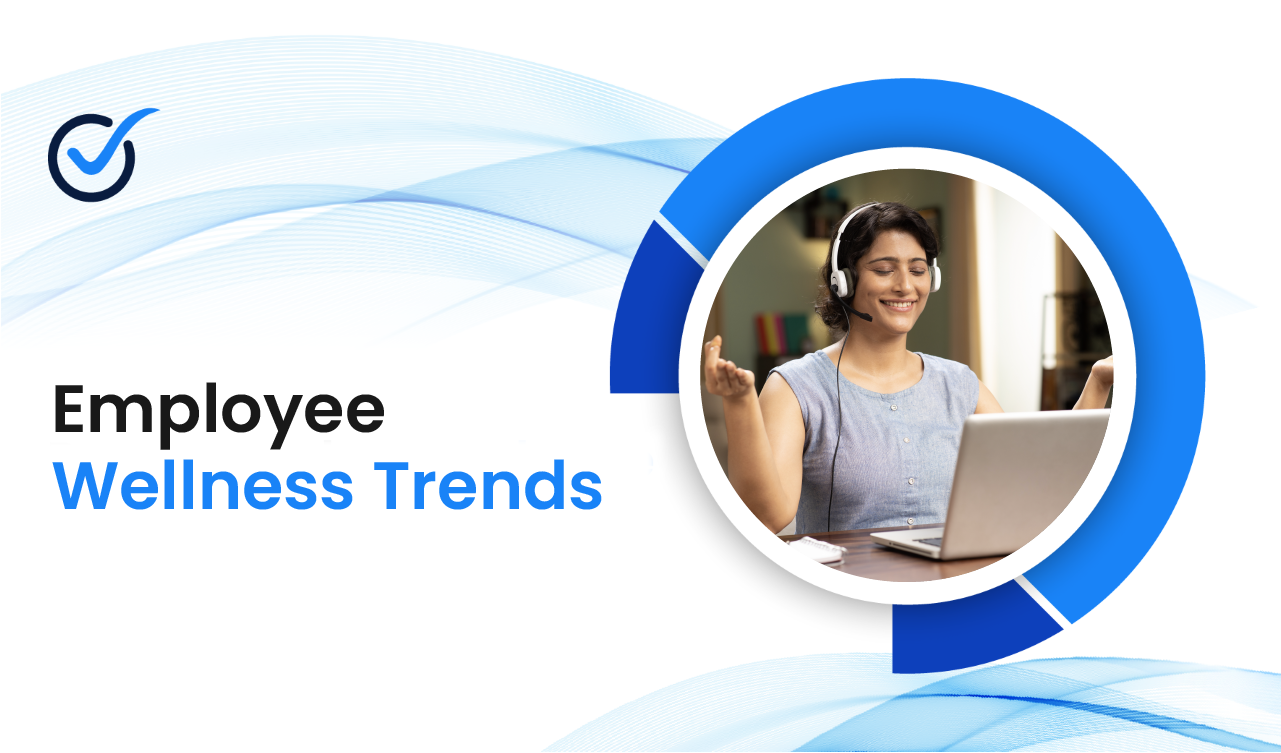Table of Contents
Healthcare isn’t always fun. Making sure you work out every day, eat right, or get enough sleep can be a hard thing to do. That’s why apps and fitness trackers have become popular. These tools use a concept known as gamification in healthcare to make it more fun and appealing.
If you have ever used a health app or a wearable, you would know the feeling. You create a goal and work towards it. If you hit it, you get a little “congratulations” message, and sometimes even a digital award or two. Have you ever wondered why though?
For fitness freaks, those awards might not mean much, but for most people, they are very important. Awards and having a goal to work towards are all part of gamification, designed to make routine tasks fun and interactive.
This interactivity provides users with a psychological thrill, which pushes them to do better. That thrill is not too different from the one you get when playing video games. Hence, the term – gamification. Here’s a look at how gamification in healthcare works, and why it is so useful.
The Basics of Gamification in Healthcare
If you have ever played a video game, you will notice that there are some common factors all games have. Health apps have simply adopted these and modified them for health-related goals. That way, if you are using an app or wearable for the first time, you feel familiar instantly. You know what to do because chances are you would have done it before.
What are these factors, you ask? Here are just 4 examples of gamification in healthcare:
- Progress Bars: Wearables and apps let you see just how far you have come towards your goal and other associated parameters. That data gives users an insight into whether they are on the right path or not.
- Data Sharing: a game is only fun if you can involve other people, right? That’s why some apps & wearables allow you to share and compete with friends and family. A little friendly competition is the best encouragement sometimes.
- Rewards: With virtual medals, points, or currency, apps & wearables are giving game rewards such as gift codes to you for hitting your goals, giving you a sense of victory. That’s important, as it allows users to know that they can win the ‘game’.
- Tips and Coaching: Many games have tips that players can use to pass a level or achieve a goal. Similarly, many wearables and apps provide coaching and tips to users to get them to hit their targets.

Gamification in Healthcare
Healthcare providers, and companies like Apple, Google and Samsung have all created fun ways to make healthcare feel like a game. Here are ways how-
- Wearables: Popular wearables like the Apple Watch, MiFit and Garmin can track various health parameters, with real-time information. These devices sync with your phone to provide comprehensive data, as well as sharing, rewards and insights.
- Fitness Apps: There are thousands of fitness apps on the Google Play Store and Apple App Store. From steps, to sleep, and nutrition to mental wellbeing, these apps can help you track thousands of parameters, either with or without a wearable. Most are paid, but you can always find a few free options.
- Therapy: gamification has increasingly become a popular part of therapy. A video game called SPARX has been developed to decrease depression. Other apps like PersonalZen have been developed to help deal with anxiety and stress.
Using Gamification as an Employer
It’s not just patients and doctors who can benefit from gamification, you as an employer can too! Today, many wearable and app makers like Apple and Fitbit provide employee wellness plans. These plans give you and your team access to a wearable or app, to monitor your health.
That’s great for two reasons. One, it allows you to run interoffice competitions and motivate your employees to stay fit and healthy. Secondly, it helps reduce costs on your employee healthcare plans. After all, fitter and healthier employees mean less hospitalization.
Some insurance plans use your health data to judge the health of your employees, before providing reduced premiums for group health insurance. If you are looking for a way to make healthcare fun for your employees, why not check out Onsurity?
TeamSure by Onsurity is an employee healthcare plan that motivates your team to stay fit. The Onsurity App tracks your employee’s steps by syncing with Google Fit and Apple Health. Your employees can then easily see the number of steps they take every day.
You can then use this to run interoffice competitions and reward your healthiest employees. That way, you can build a company culture of health and wellness. This means your employees are not taking as many sick days and turning up to work healthy. It’s an easy way to boost productivity!







